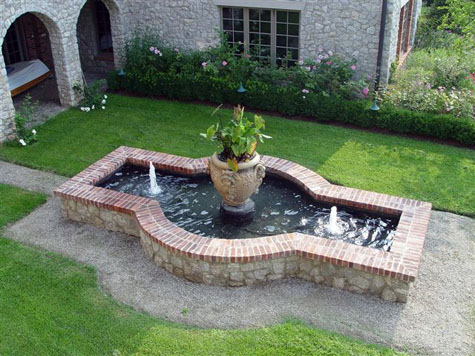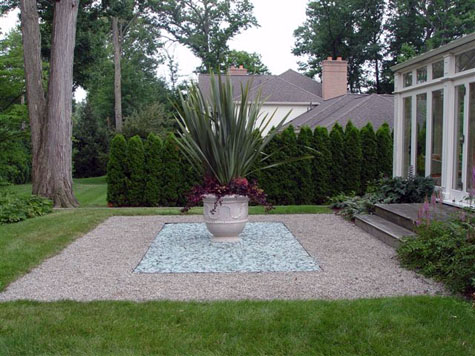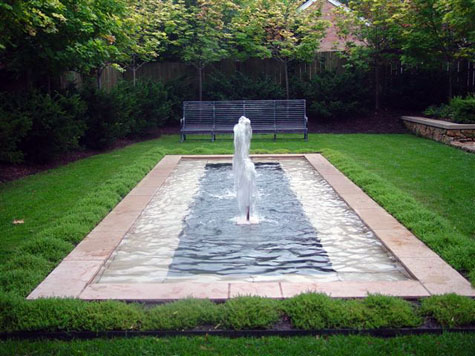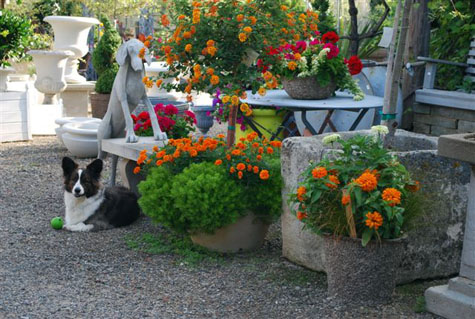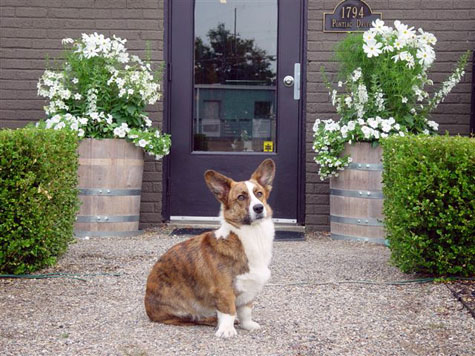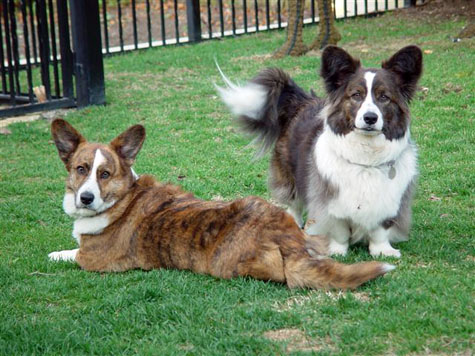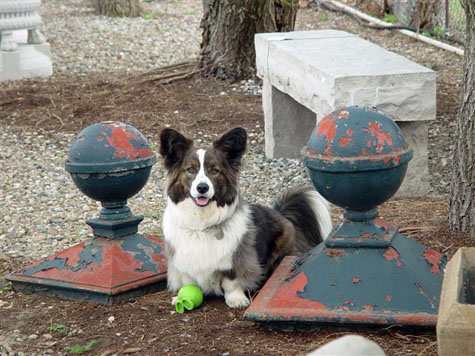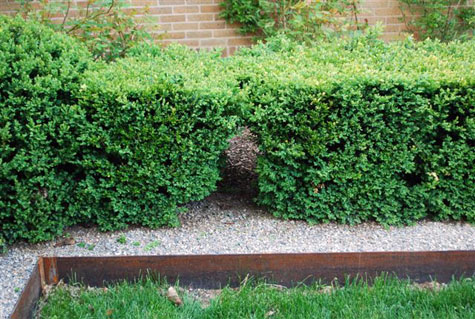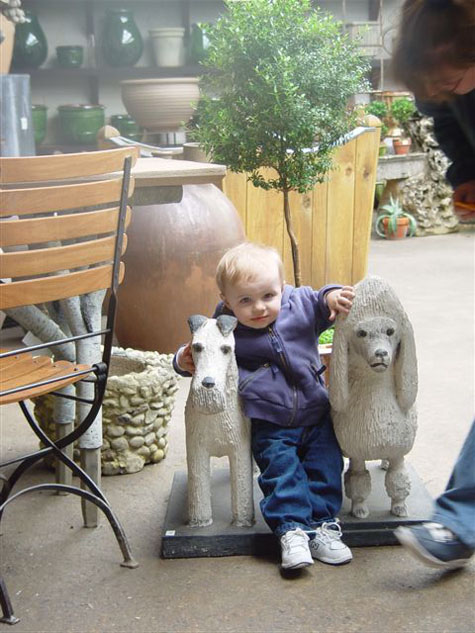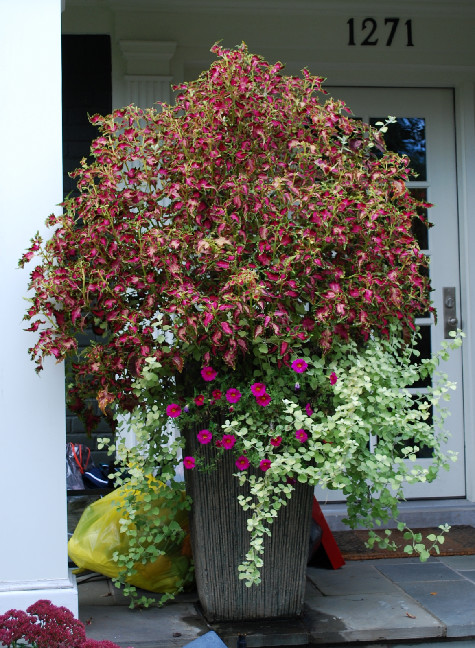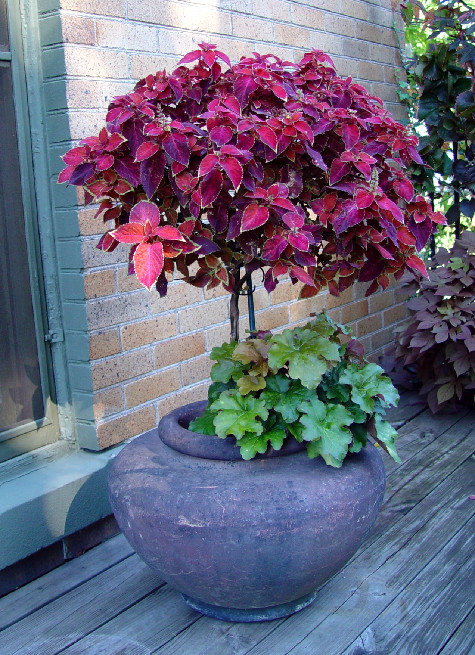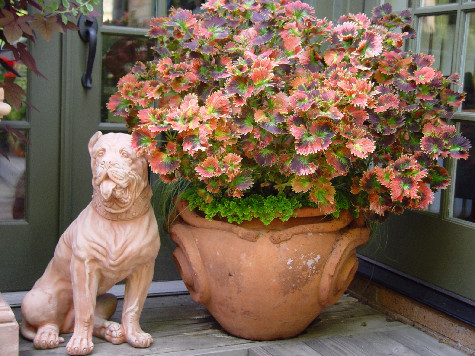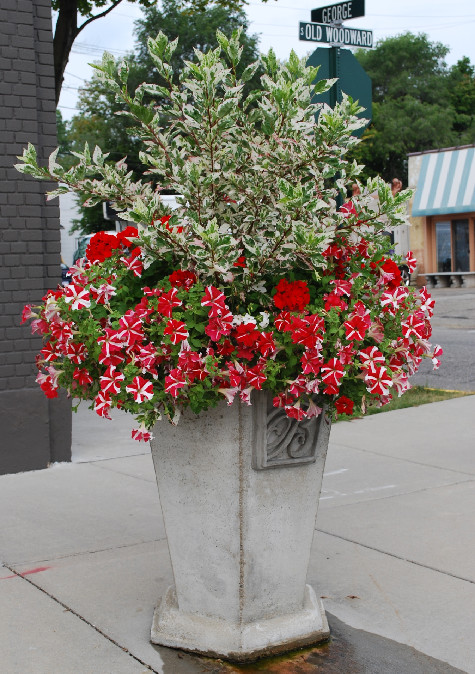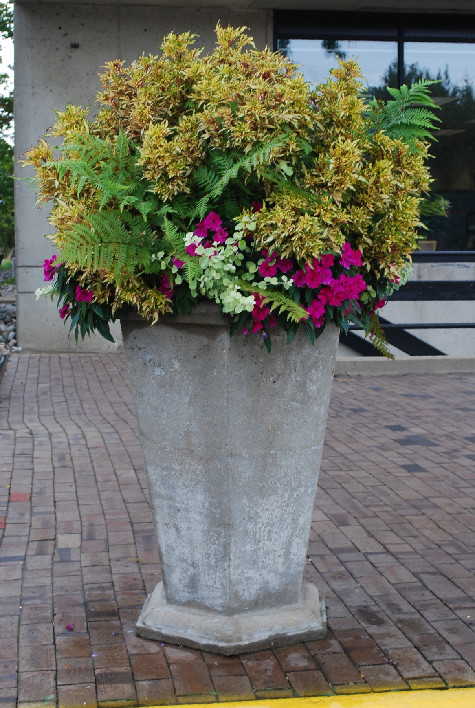It was 44 degrees when I got to work at 7 am this morning. Only the pansies, lettuce, annual phlox, snap peas,and a few others, go for this. The angelonia, sweet potato vine, New Guineas impatiens, lantana and a whole host of others, despise it. Many nurseries sell vegetables early, and then sell them over again after late frosts damage them or kill them. The cold spring weather is a perennially hot topic for Michigan gardeners.
Every year’s struggle to get everyone’s flowers planted in a very small time frame, is all the more complicated by the weather. The annual flowers we use are definitely not native to Michigan. Most of them come from warm, even hot tropical regions where the soil is never really cold. I don’t like to plant any of these plants until the night temperatures are reliably above 50. It is May 31st today; we have yet to get there. Should you put a finger in the soil today, it will be surprisingly chilly. Air warms up, and cools off, much more quickly than soil.
I am of the opinion that planting too early stunts the growth of tropical plants. I have seen impatiens and begonias never recover from too early planting; I hear regularly “this was not a good year for my impatiens”. Having a good year with flowers actually depends quite a bit on some good horticulture. People sabotage their plantings, as they have the option of deciding when to plant. It isn’t the weather; late May cold is a regular feature of our spring.
I often buy early, to get what I want, and hold. They say delayed gratification is an adult pleasure-but that doesn’t make it easier for me to wait. Vastly more difficult than waiting, is persuading my clients that they should wait. I have had occasion to ask a client to sign off on a planting I knew was too early, and I have planted a few of those gardens twice in one spring. I don’t like doing this, as its a waste of time and money-never mind that I can’t stand dead plants on my hands when I knew perfectly well how to keep them alive.
This part may be much more intuition than science. I believe a later planting pays off at the end of the season. By this I may mean a week later. I rarely plant my own annuals before June 15-nothwithstanding those people who think the summer is half over by June 15. My plants take hold faster, and perform in every way superior to plants put in too early. I am always taking my pots apart in November, not because the flowers have gone down, but because I am just tired of taking care of them. I don’t stress my annuals by planting too early, not watering sufficiently, not deadheading, grooming and fertilizing. I think I have them longer, given this treatment. I try not to worry my plants with too much of my own nonsense. Should I plant early, I know the result belongs to me, not the Michigan May weather.



